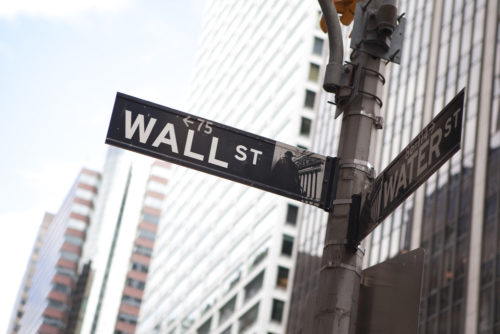Table of Contents
What Is the Dodd-Frank Act?
In response to the financial crisis known as the “Great Recession,” President Barack Obama signed into law the Dodd-Frank Wall Street Reform and Consumer Protection Act. This complex, but important, piece of legislation created programs and put regulations on the financial industry in order to protect consumers from being taken advantage of by lenders. It also created more channels for consumers to report illegal or predatory behavior by financial institutions, and see actual enforcement of federal law.
The Great Recession, lasting roughly from 2007 well into 2009, showed us that a lack of restrictions on Wall Street allowed financial institutions to impose hidden fees and approve loans for unqualified borrowers. With investors stretching their funds and exhausting financial reserves, the resulting recession left millions of Americans unemployed and sparked worldwide economic decline. In 2009, the federal government stepped in and proposed legislation for financial reform.
The Dodd-Frank Act was formed and signed into law in 2010 and was named after its sponsors U.S. Senator Christopher J. Dodd and U.S. Representative Barney Frank. It is a dense and complex bill that includes 16 major areas of reform as well as creating several new agencies to oversee the changes and implement regulations. Next, we’ll discuss the regulations found in the Dodd-Frank Act.
Summary of Dodd-Frank Regulations
The Dodd-Frank Act outlined many provisions and regulations that were to be implemented over a period of several years. These provisions are meant to decrease risks in the U.S. financial system and protect consumers.
Main Dodd-Frank Provisions
The Dodd-Frank Act includes hundreds of pages and many areas of reform. These are the main agencies and provisions found in the Act:
- Banks must have a plan to shut down quickly if they are approaching bankruptcy.
- Banks and credit unions must hold more money in their reserves in case of future slumps.
- Banks with more than $50 billion in assets must take annual stress tests which help determine if they could survive another crisis.
- The Financial Stability Oversight Council (FSOC): The FSOC is an agency created to keep large banks in check and identify risks to the financial industry.
- The Consumer Financial Protection Bureau (CFPB): The CFPB oversees credit and debit agencies, payday and consumer loans to protect consumers from corrupt business practices. It works with other bank regulators to prevent risky lending.
- The Office of Credit Ratings: The Office of Credit Ratings is another agency created to protect consumers and watch financial institutions. They work to ensure agencies provide accurate credit ratings to consumers.
Whistleblower Protection
A provision in the Dodd-Frank Act works to strengthen other whistleblower protections that have been enacted in the past. It encourages anyone with information or knowledge of violations to report them to the government. The whistleblower protection mandates that whistleblowers have the right to a reward of 10 to 30 percent of the proceeds from a litigation settlement resulting from their information. It also attempts to relax the requirements on whistleblowers to help encourage them to come forward.
The Volker Rule
Title VI of the Act, known as the “Volker Rule,” was created in an attempt to minimize the risks banks were taking. The rule restricts the way financial institutions can invest in an attempt to limit speculative trading and eliminate proprietary trading. Proprietary trading is when a bank invests for its own direct benefit instead of trading in the best interests of its clients and earning a commission.
Dodd-Frank Repeal and Reform
Some believe the Dodd-Frank Act could slow economic growth with overly-restricting rules and have worked to repeal and reform the legislation. On May 22, 2018, the House of Representatives voted to roll back on significant provisions of the act. Two days later, President Donald Trump signed the Economic Growth, Regulatory Relief and Consumer Protection Act into law which altered many of the provisions in the Dodd-Frank Act.
At this time, the Dodd-Frank Act still works to regulate financial institutions and protect consumers from risky investment decisions made by banks. However, new bills and acts have the power to roll back the work of the Act and it’s unclear how long the Dodd-Frank provisions will remain effective.
Image Source: https://depositphotos.com/





